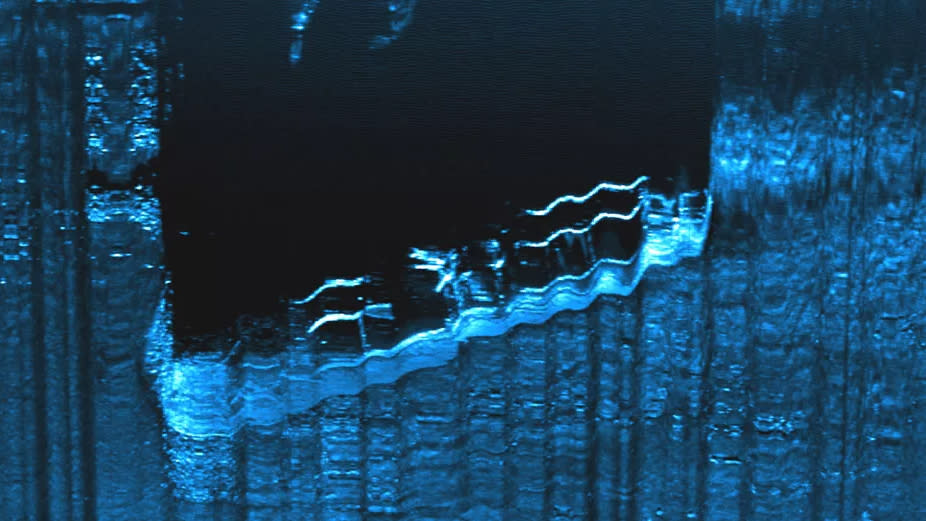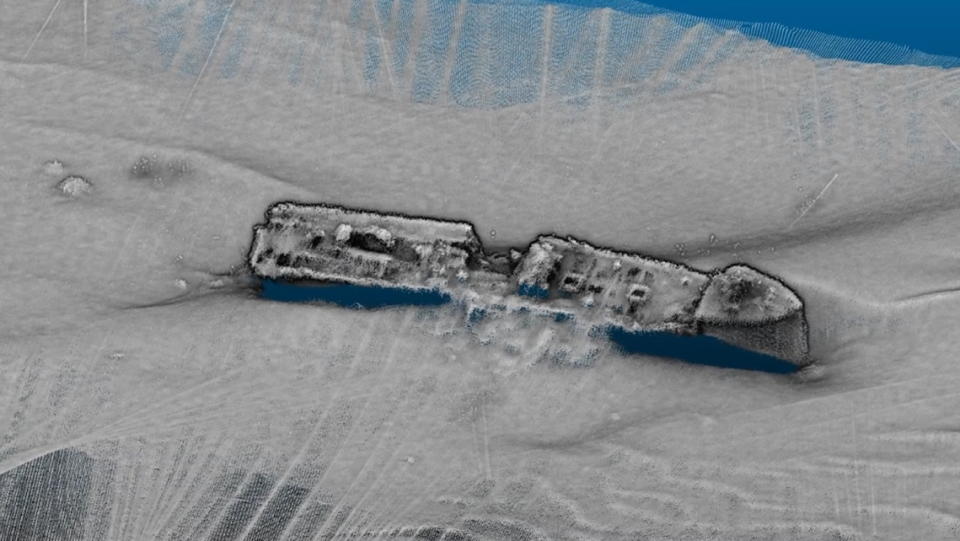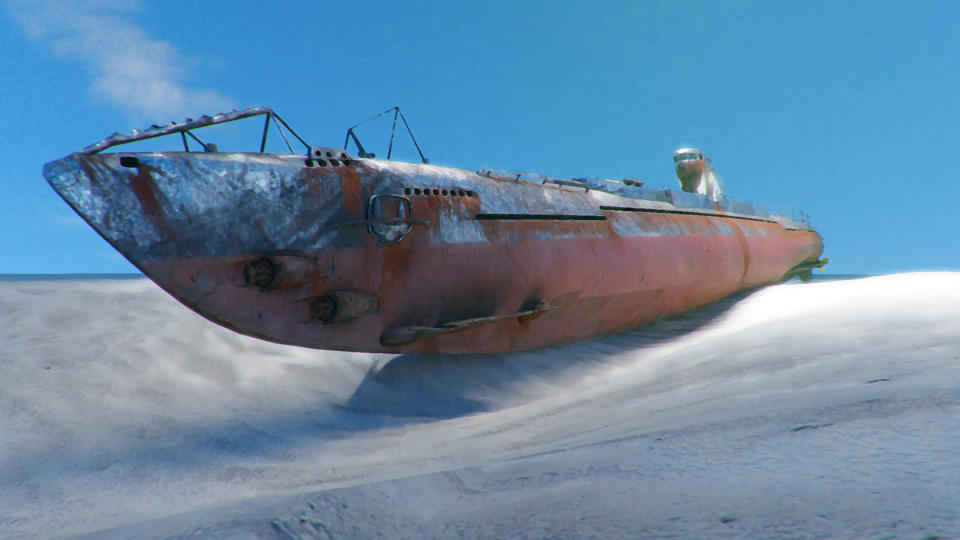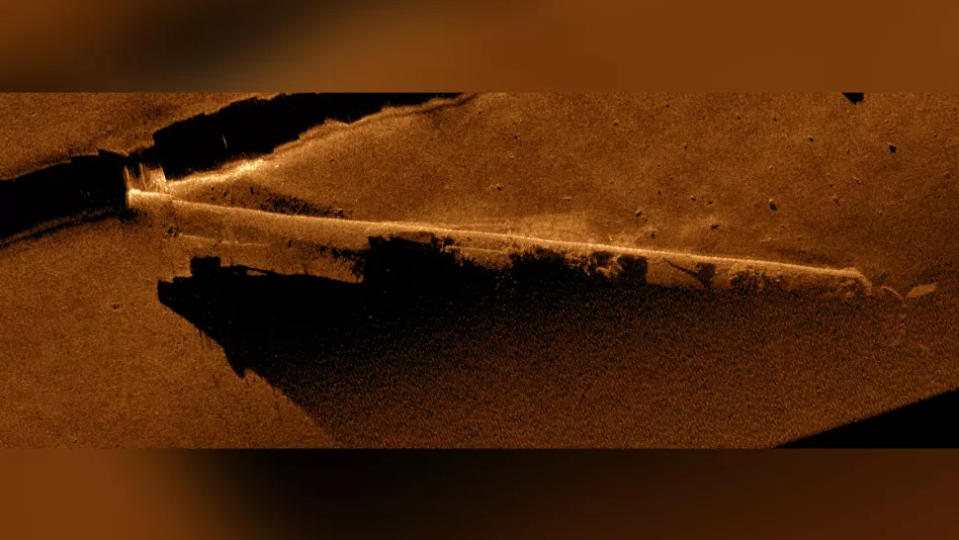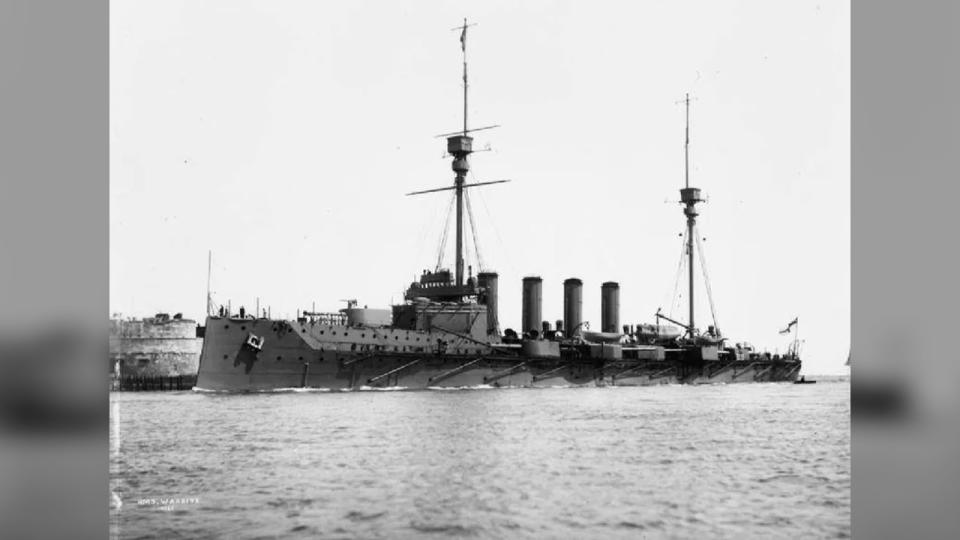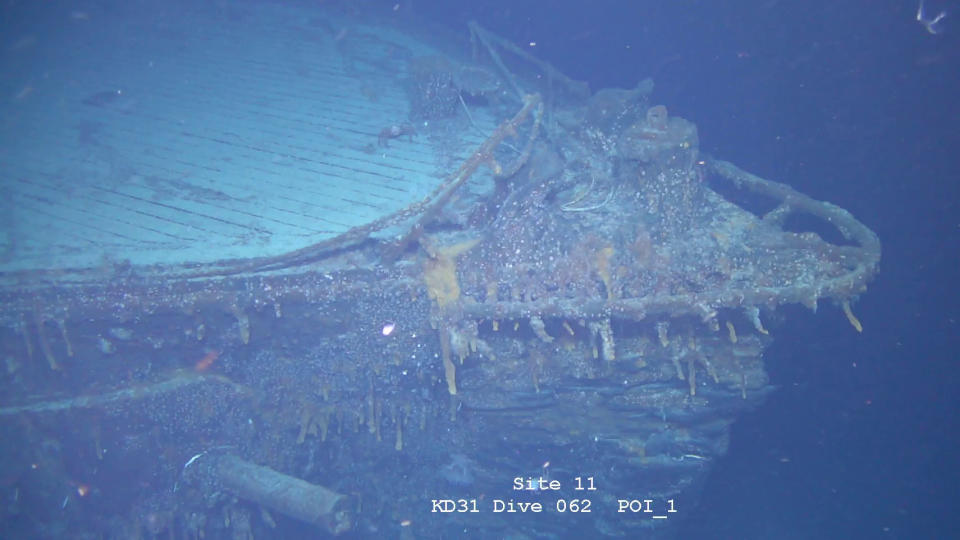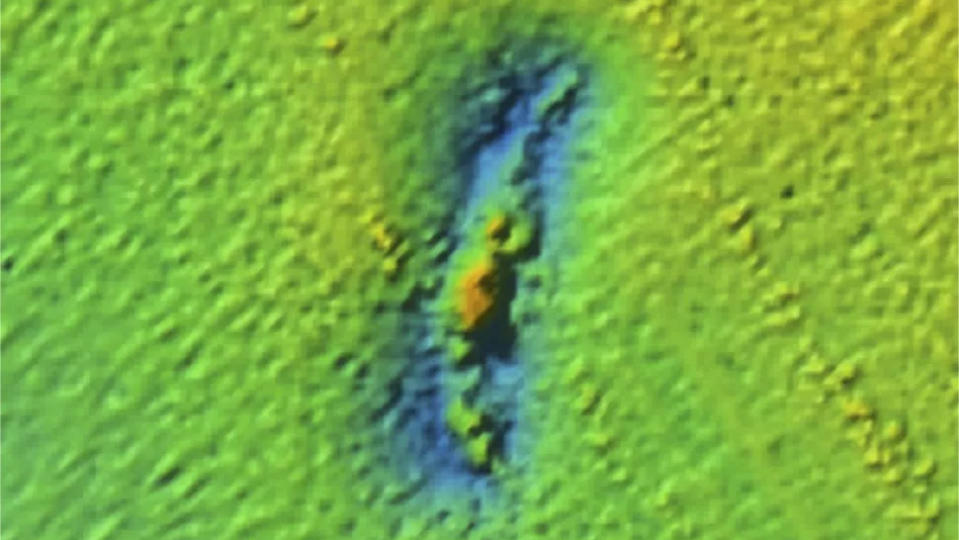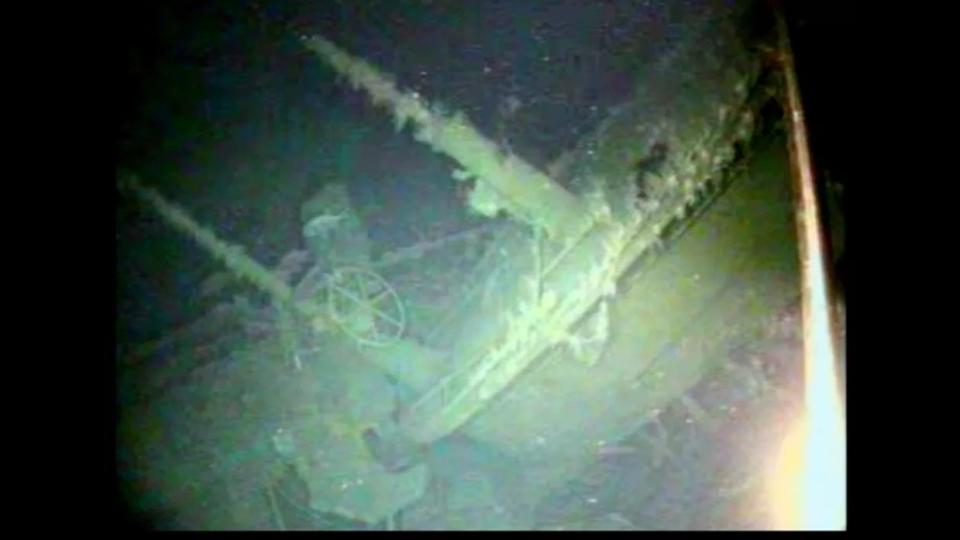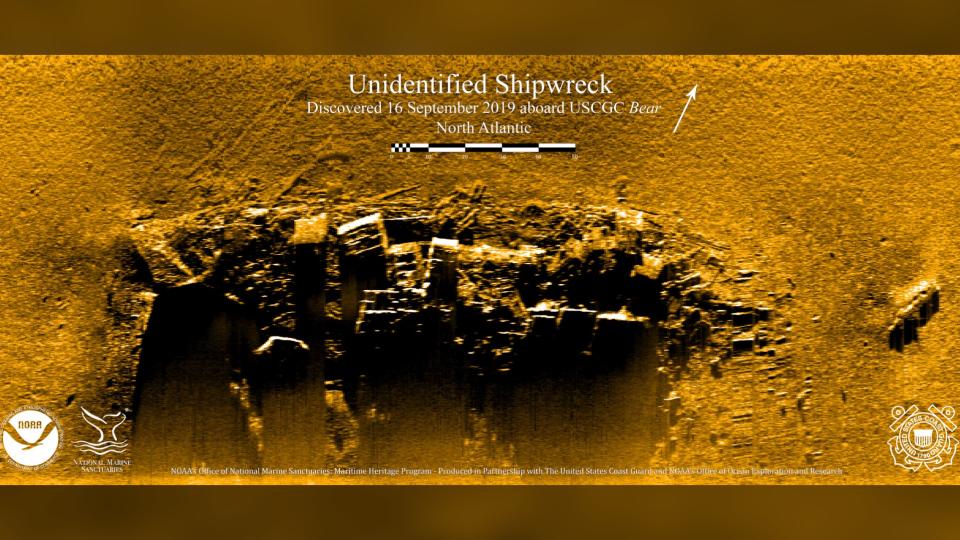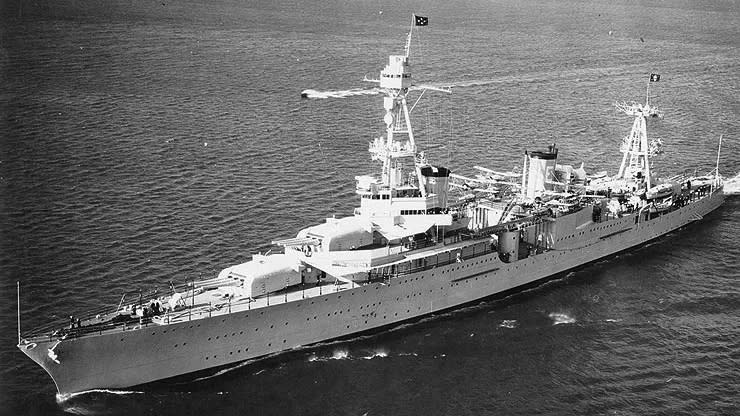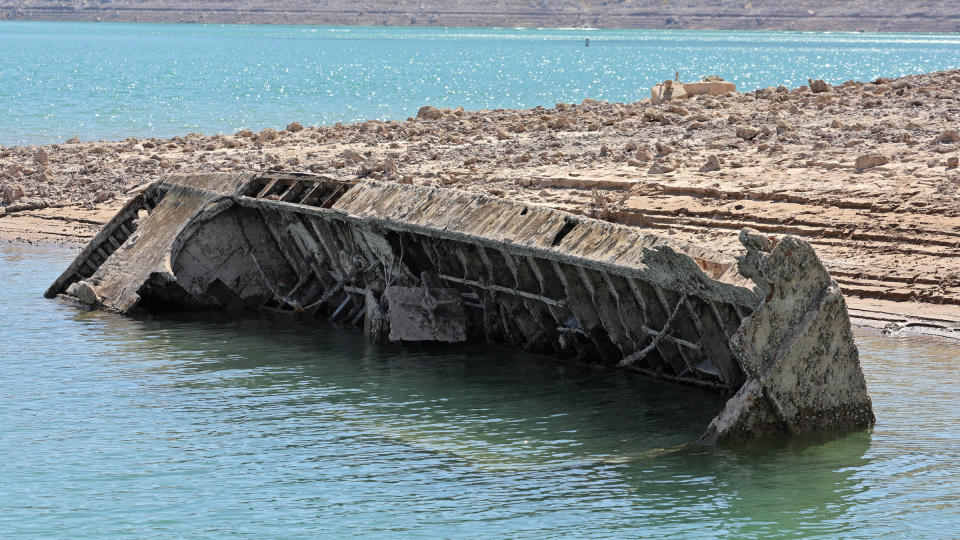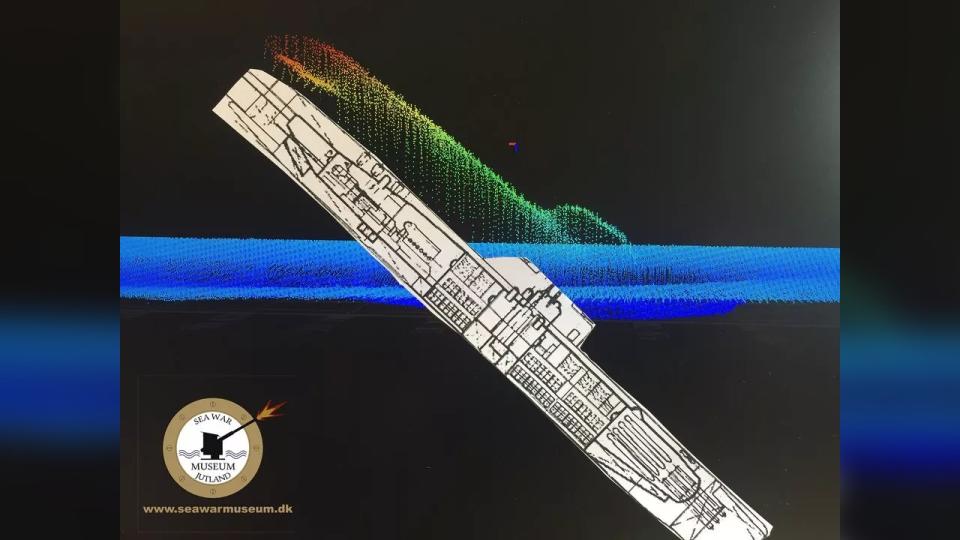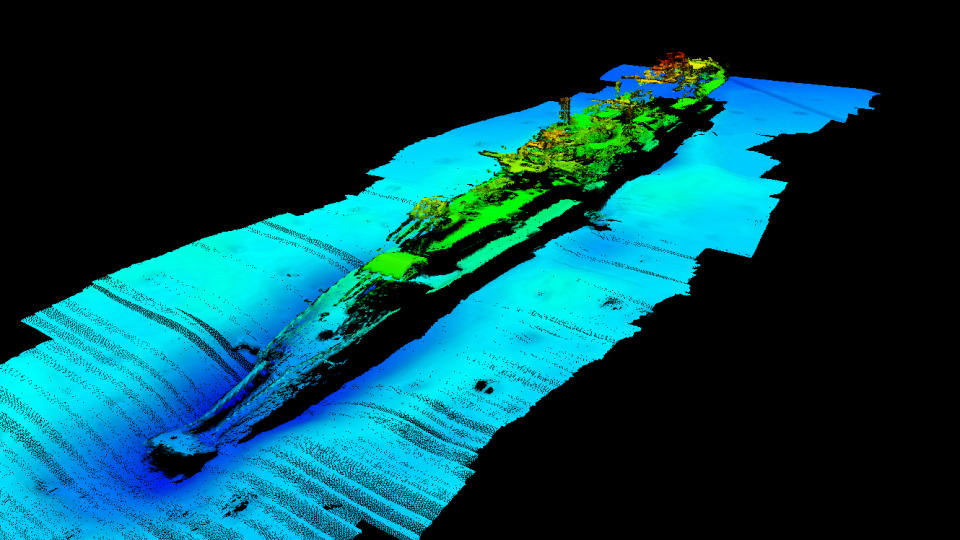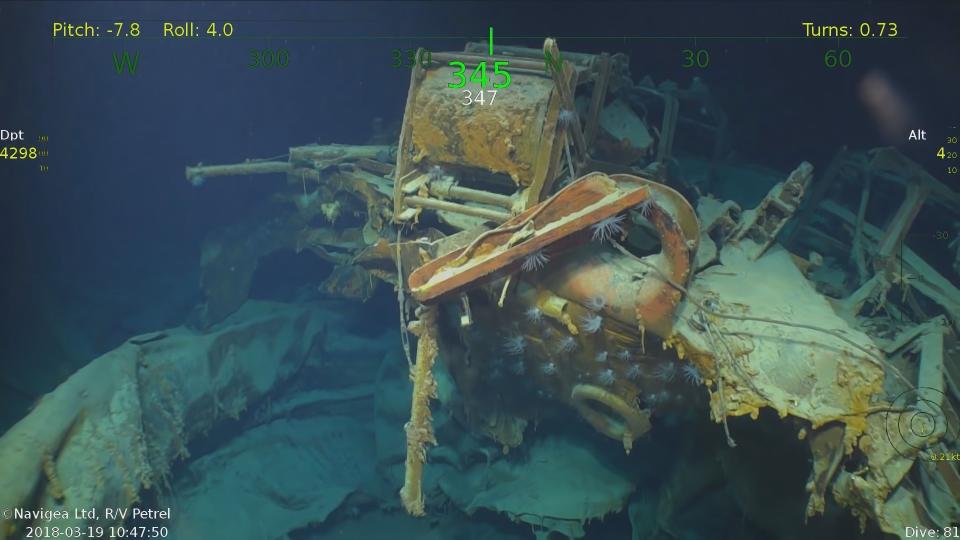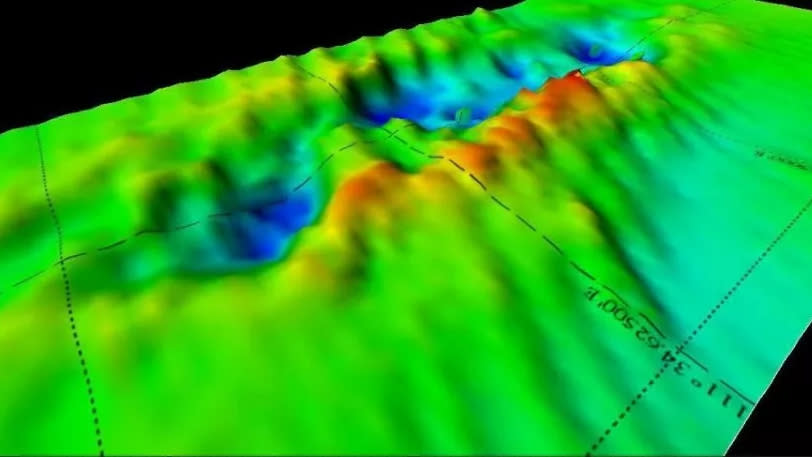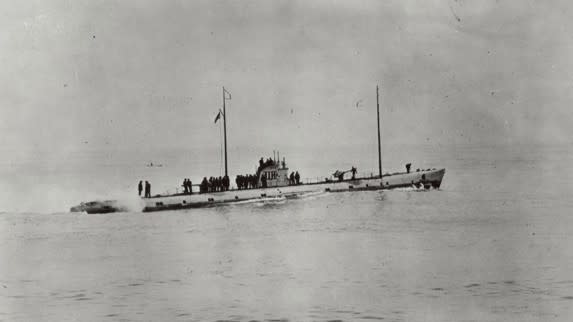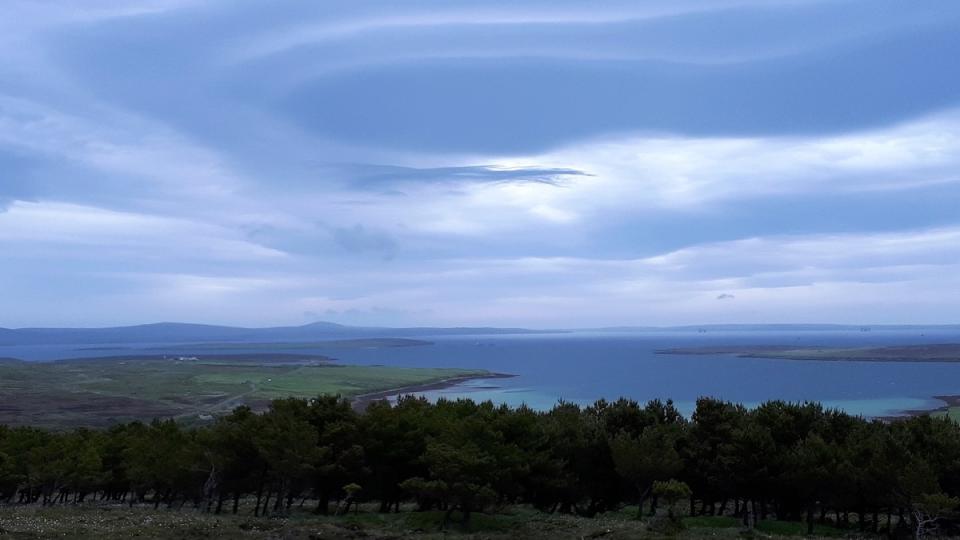Incredible sunken wrecks from WWI and WWII
- 1/19
Incredible sunken wrecks from WWI and WWII
World War I (1914 to 1918) and World War II (1939 to 1945) saw some of the biggest naval battles and operations in history, and shipwrecks from this era are scattered across the world's oceans — around 15,000 ships, and over 500,000 people, were sunk during World War II alone, according to some estimates. Voyages by sea were the main means of travel at the time of the world wars, and control of the oceans was a primary goal in both conflicts.
Almost 80 years after the end of World War II, the wrecks of thousands of ships from World War I and World War II still lie on the seafloor, each with a unique — and often tragic — story behind it.
Here, we take a look at some of the most notable underwater wrecks from World War I and World War II.
NOAA - 2/19
Sunken treasure
The wreck of a German steamship that was sunk in the Baltic Sea near the end of World War II may hold the precious panels from Russia's 18th-century Amber Room. The ornate room was built in a royal castle near St. Petersburg, but it was captured and stripped by the invading Germans in 1941. Researchers believe that the steamship may have been carrying the Amber Room panels and other fittings away from the city of Königsberg when it was sunk by Soviet warplanes in April 1945.
Baltictech/Tomasz Stachura - 3/19
Sunk American submarine
An American submarine, the USS Grenadier, that sank in 1943 was discovered by divers at the north end of the Strait of Malacca, between the Malay Peninsula and Sumatra, in 2020. It was sunk by a torpedo dropped from a Japanese warplane as the submarine attempted to attack two Japanese cargo ships near the Thai island of Phuket.
J.L. Rivoire - 4/19
Polluting German warship
A German warship that sank in 1942 is still polluting the North Sea with toxic chemicals from its fuel and ammunition, according to a 2022 study. The patrol boat was sunk as it took part in Operation Cerberus, when it was part of a convoy escorting the cruiser Prinz Eugen and the battleships Scharnhorst and Gneisenau through the English Channel.
Flanders Marine Institute (VLIZ) - 5/19
Sub sunk and then bombed
A Japanese submarine that was sunk in World War II and then bombed by a salvager 30 years later is now the subject of a virtual-reality study. The sub was sunk with depth charges from Australian warships off the coast of Darwin in 1942, and in 1977, it was damaged by explosives from a salvager who was attempting to force a deal for its recovery with Japan's government.
John McCarthy, CC_3.0 - 6/19
Sub on a secret mission?
The wreck of the British submarine HMS Urge was discovered in 2019 near the Mediterranean island of Malta. The sub disappeared in 1942 and became the subject of a theory that it sank during a secret mission to Libya. But researchers now think it sank after hitting a naval mine while making its way to the Egyptian port of Alexandria.
University of Malta/Project Spur - 7/19
HMS Warrior damaged by gunfire
The British warship HMS Warrior — the "last shipwreck" from World War I's Battle of Jutland to be discovered — was found on the seafloor near Norway in 2016. More than 250 warships took part in the battle on May 31 and June 1, 1916; HMS Warrior was damaged by gunfire, and it sank as it attempted to make its way back to the U.K.
Public domain - 8/19
Battlecruiser surprised and sunk
The wreck of the World War I battlecruiser Scharnhorst was discovered near the Falkland Islands in the southern Atlantic Ocean in 2019. The vessel had tried to lead an attack on the Falklands, but the German squadron was surprised and destroyed by a larger force of British warships. (A second German warship named Scharnhorst fought in World War II and was sunk near Norway in 1943.)
Falklands Maritime Heritage Trust - 9/19
Foggy collision
The USS McCulloch was built as a revenue cutter in 1896 and saw action in the Spanish-American War; it was transferred to the U.S. Coast Guard in 1915, and then to the U.S. Navy in 1917, where it served as a patrol boat along the West Coast. But in 1917, it collided in thick fog with a passenger steamship and sank off the coast of California.
E/V Nautilus Multibeam Sonar Survey 2015 - 10/19
Australia's first WWI navy loss
The wreck of an Australian navy submarine that disappeared in 1914 was found off an island in Papua New Guinea in 2017. The HMAS AE1 was the first loss suffered by the Australian navy during World War I; it's now thought that the submarine mistakenly dived with a ventilation valve open, which flooded its engine room.
© Commonwealth of Australia - 11/19
Seal hunting ship to patroller
In 2021, one of the U.S.'s most storied ships, the U.S. Revenue Cutter Bear, was discovered in the ocean southeast of Boston, where the ship sank as it was being towed to Philadelphia for its final voyage. The Bear started working as a commercial seal hunting vessel in 1874, but in the 1880s, it was purchased by the government to rescue sailors icebound in the Arctic. In 1918, it served as a relief ship during the Spanish flu pandemic; and it patrolled the Arctic in both World War I and World War II.
NOAA/ONMS. - 12/19
Torpedoed cruiser
In 2014, U.S. Navy and Indonesian navy divers explored the wreck of the USS Houston, a heavy cruiser that sank during the Battle of Sunda Strait in February 1942. More than 700 of the ship's crew were lost after it was struck by several torpedoes launched by Japanese warships; 368 survivors were taken prisoner, but 77 died in Japanese captivity.
U.S. Naval Historical Center Photograph - 13/19
Drought reveals Higgins boat in Lake Mead
In July 2022, the receding waters of Lake Mead near Las Vegas revealed the wreck of a World War II landing craft, also known as a Higgins boat. The vessel was one of 23,000 made for the U.S. and Allied militaries during World War II, and they carried Allied troops onto the beaches of Normandy on D-Day, June 6, 1944.
Ethan Miller/Getty Images - 14/19
U-boat spotted by British bombers
Germany built increasingly advanced versions of its U-boats in both world wars, and the submarines were a crucial concern in the battle for control of the oceans. One of the most advanced U-boats, U-3523, set out from Denmark a few days before the end of World War II in Europe; experts think it was probably fleeing to safety. However, it was spotted in the North Sea by British bombers and sunk in May 1945.
Sea War Museum Jutland - 15/19
Warship still sports Nazi swastika
In 2020, the wreck of the German warship Karlsruhe, which was torpedoed and sunk by a British submarine in 1940, was discovered by a Norwegian utility company near its undersea electricity cables in the North Sea. Images from a remotely operated vehicle show a medallion on the vessel decorated with a Nazi swastika.
Statnett/Isurvey - 16/19
Sunken light cruiser carried five brothers
The wreck of the American light cruiser USS Juneau was discovered in 2018 near Guadalcanal in the Solomon Islands. The ship was sunk by a Japanese torpedo during the Battle of Guadalcanal in November 1942. Among the 682 dead were five brothers from the Sullivan family of Waterloo, Iowa, who had received a dispensation to serve together.
Navigea Ltd, R/V Petrel - 17/19
Six warships lost, possibly to illegal salvaging
At least six warship wrecks from World War II in the Java Sea near Indonesia have almost vanished after being illegally plundered for scrap metal by salvagers. These include three Dutch warships from what was then the Dutch East Indies, two British warships and an American submarine, the USS Perch, which was sunk by Japanese warships in March 1942. Southeast Asian nations are struggling to crack down on the illegal salvaging of metal from the region's numerous war wrecks.
nswwrecks.info - 18/19
German U-boat sunk during target practice
The wreck of a German U-boat given to the U.S. after World War I so its technology could be built into American submarines was found off the coast of Virginia in 2022. SM U-111 took part in the wartime German campaign to sink Allied shipping, but it surrendered after an armistice in 1918. The sub then crossed the Atlantic to the U.S. and was reverse-engineered before it was sunk by U.S. warplanes for target practice in 1921; it was then refloated and towed out to be sunk at its final resting place in August 1922.
Public Domain - 19/19
Scuttled in Scotland
The wrecks from World War I's Imperial German Navy were located and mapped at Scapa Flow in Scotland's Orkney Islands in 2017. The entire German High Seas Fleet surrendered and was interned there after the World War I armistice in November 1918, but the warships were scuttled by their crews in June 1919, a few days before the signing of the Treaty of Versailles, which Germany's commanding admiral feared would give the ships to the British.
Archaeology Institute University of Highlands and Islands
A look at some of the most notable underwater wrecks from WWI and WWII.

 money
money 